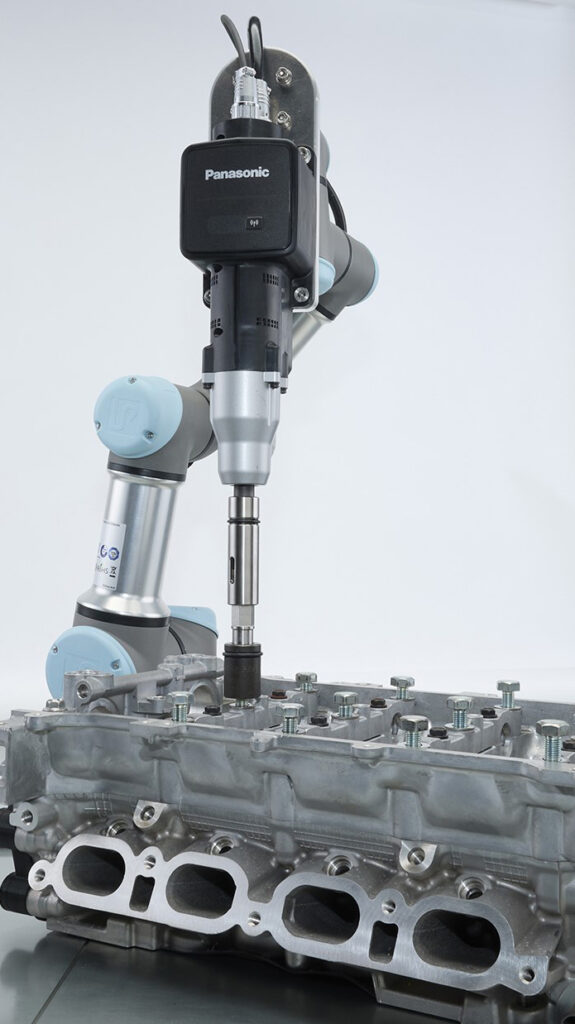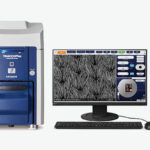ASIA ELECTRONICS INDUSTRYYOUR WINDOW TO SMART MANUFACTURING
Panasonic to Launch New Impact Wrench for Robots
Panasonic Corporation Electric Works will launch the Robotic Impact, an impact wrench for collaborative robots that supports assembly work in factories, in Dec. 2024.
In recent years, the manufacturing industry has to respond to changes in the business environment. Among them include “labor shortages,” “carbon neutrality,” and “energy and material shortages.” The labor shortage problem is particularly serious. Mainly, hiring new personnel is not only expensive, but even after hiring, it takes time and resources from existing employees to train them and make them fully capable.

With this as a background, along with deregulation and technological innovation progressing in recent years, an increasing number of companies are introducing collaborative robots that do not require safety fences and can work in the same space as humans.
As the population continues to age and the birthrate falls, the number of veteran workers decreases and inexperienced workers increases. Accordingly, this market is expected to continue growing as it can address issues such as technology transfer, stable production, and production quality that arise from this.
High Output with Low Reaction Force
In response to such market needs, Panasonic Electric Works will release the Robotic Impact, an impact wrench that can also be connected to a small collaborative robot (*1). Primarily, the Robotic Impact uses a striking impact mechanism, which achieves high output with low reaction force. Also, it is excellent for continuous work because it can minimize the impact on the robot caused by reaction force during work.
Primarily, the main unit is equipped with a magnetostrictive sensor. Specifically, it can wirelessly obtain various data such as torque values and waveforms. By quantifying, visualizing, and analyzing each manufacturing process in detail, it can be used to reduce production losses, improve productivity, and promote high quality.
Moreover, in the unlikely event of a quality defect, it will also help identify the cause and improve the process. In addition, the bolt bite detection function (*2) can be set according to each process. This includes correcting the angle variation when inserting the bolt by hand and supporting appropriate tightening.
Going forward, Panasonic Electric Works will continue to utilize its knowledge in manufacturing. Also, based on the technology it has cultivated over many years in rechargeable tools, it will continue making proposals to support increasingly sophisticated factories and manufacturing in the new field of power tools for robots.
Features
1. Low reaction force and high output, can be connected to small collaborative robots (※1);
2. Fastening work data (torque value, waveform, work time, etc.) can be recorded wirelessly;
3. Various work assistance functions such as “bolt galling detection” (※2) can be set by wireless communication control.
*1 Compatible robots vary depending on bracket shape and fastening conditions, so prior confirmation during actual operation is required.
*2 In actual operation, conditions may vary depending on ambient conditions (fastening bolts, materials, fastening method, etc.). Prior confirmation during actual operation is required.
This is an online translation of a Japanese press release with slight editing made by Dempa.
-05 September 2024-




